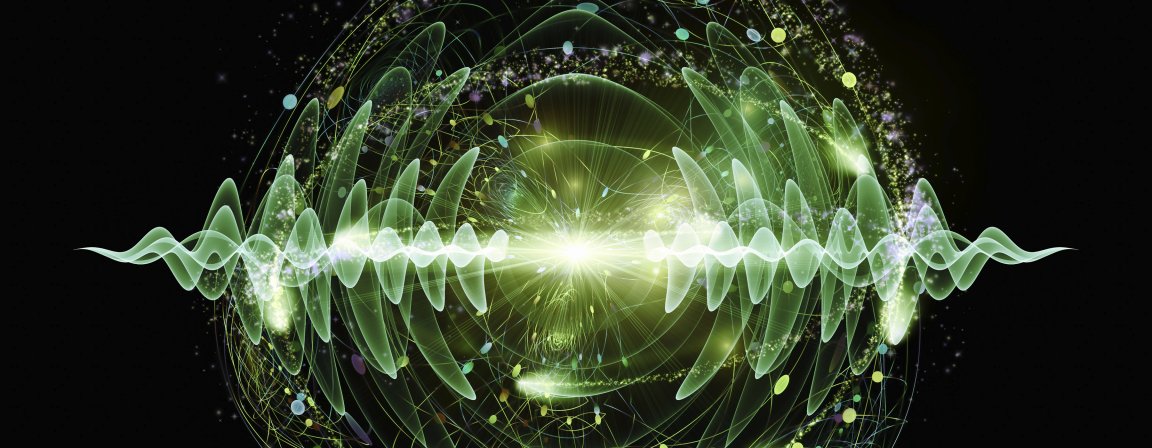
ENTANGLING PHOTONS
In am amazing first, scientists have created quantum entanglement at a macroscopic level at room temperature.
So let’s take a moment to break this all down.
To begin, quantum entanglement is one of the most puzzling phenomena in quantum mechanics. When two particles are entangled, they act as if they’re connected. Ultimately, this allows a kind of instantaneous cause and effect regardless of the distance between the two particles. In fact, scientists were able to demonstrate this over various distances between particles, with the largest distance being 1.93 kilometers.
To produce entanglement between particles, scientists first start out in an ordered state and then the particles are made to physically interact before their ultimate separation. This results in both particles having a spin direction opposite that of the other.
At the time of separation, this spin is unknown. Once we measure it, we know what it is (obviously). But what is amazing is that, once scientists measure the spin direction of any of the two particles, the other particle will begin to immediately display the reverse direction, no matter how distant they are from each other.
However, entangled particles are rarely observed in the natural world.
The ordered state that they require as the initial condition is highly rare, due to the laws of thermodynamics favoring a general chaos of particles instead. This also means that quantum entanglement at macroscopic scale, above that of atoms and photons, is also more thermodynamically disfavored.
Now, scientists working at the University of Chicago and the Argonne National Laboratory revealed that they were able to create quantum entanglement at a macroscopic level at room temperature on a semiconductor chip, using atomic nuclei and the application of relatively small magnetic fields.
Their breakthrough, which is published in Science Advances, is not only significant in what they accomplished but also how they accomplished it. In quantum physics, the creation of entanglement in particles larger and more complex than photons usual requires temperature to be cooled to near absolute zero and also requires the use of powerful magnetic fields.
Researchers were able to accomplish this latest feat by using infrared laser light to order the magnetic states of electrons and nuclei. After which, electromagnetic pulses were used to entangle them. This resulted in entangled pairs of electrons and nuclei within a macroscopic 40 cubic micrometer volume (around the size of a red blood cell) in a semiconductor.
THE APPLICATION OF “SPOOKY ACTION”
The breakthrough has important implications on the future of quantum devices. It could mean for more sensitive sensors than that of non-quantum sensors.
“We are excited about entanglement-enhanced magnetic resonance imaging probes, which could have important biomedical applications,” said Abram Falk of IBM’s Thomas J. Watson Research Center and a co-author of the research findings.
Research further could allow the advent of quantum computing and ultra-safe cryptography.